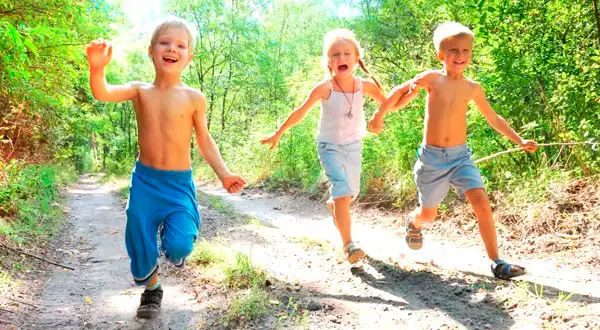New publications
Determined when a child becomes ready for social interaction
Last reviewed: 02.07.2025

All iLive content is medically reviewed or fact checked to ensure as much factual accuracy as possible.
We have strict sourcing guidelines and only link to reputable media sites, academic research institutions and, whenever possible, medically peer reviewed studies. Note that the numbers in parentheses ([1], [2], etc.) are clickable links to these studies.
If you feel that any of our content is inaccurate, out-of-date, or otherwise questionable, please select it and press Ctrl + Enter.
According to American scientists, children may be ready to enter society as early as six years of age.
The ability to respond to the mood and reactions of others is a very important feature that is simply necessary for normal social adaptation of a child. Over the past few years, scientists have been actively engaged in the analysis of human brain structures responsible for socialization. A new experiment, the results of which were published in the periodical Child Development, made it possible to study the adaptation processes in the child's brain. The results of the study can be equally useful for both parents and specialists who work with children suffering from autism.
During the study, researchers from the American Massachusetts Institute of Technology and Yale University scanned the brains of thirteen children, aged six to eleven. The scans were conducted while the children were being read all sorts of children's books.
Experts have noticed that when the story was about sensuality, dreams, skills, moods or about the characters, children's mental activity in certain areas of the brain increased. When the narrative changed to descriptions of nature or surrounding objects, the activity of the brain structures noticeably decreased.
It should also be noted that the intensity of brain function in the areas responsible for socialization had much in common with the active processes occurring in the brain of adults. But there was one very important difference: the work of one of the areas of the brain changed significantly over the years. For example, in a six-year-old child, such an area played a primary role in the reaction to inferences about the people around him. However, by the age of eleven, the same area performed a more specific function: it was activated when the child began to think about what other people were thinking.

"The difference we discovered is a typical example of the development and age-related improvement of the brain. It will allow us to answer numerous questions that have been put before us. And, first of all, this is a question that concerns atypical social adaptation - we mean autism," commented on the results of the experiment Dr. Rebecca Saxe (one of the study leaders). A child suffering from autism has quite a lot of problems - sometimes it is difficult for him to evaluate and interpret the feelings and thoughts of people around him. Scientists hope that over time they will be able to understand how the human brain manages to learn to analyze other people's thoughts, to perceive them. In the future, specialists will have to find out what processes occur in the human brain with autism. This will allow us to begin developing new successful methods for treating this common disorder.

 [
[